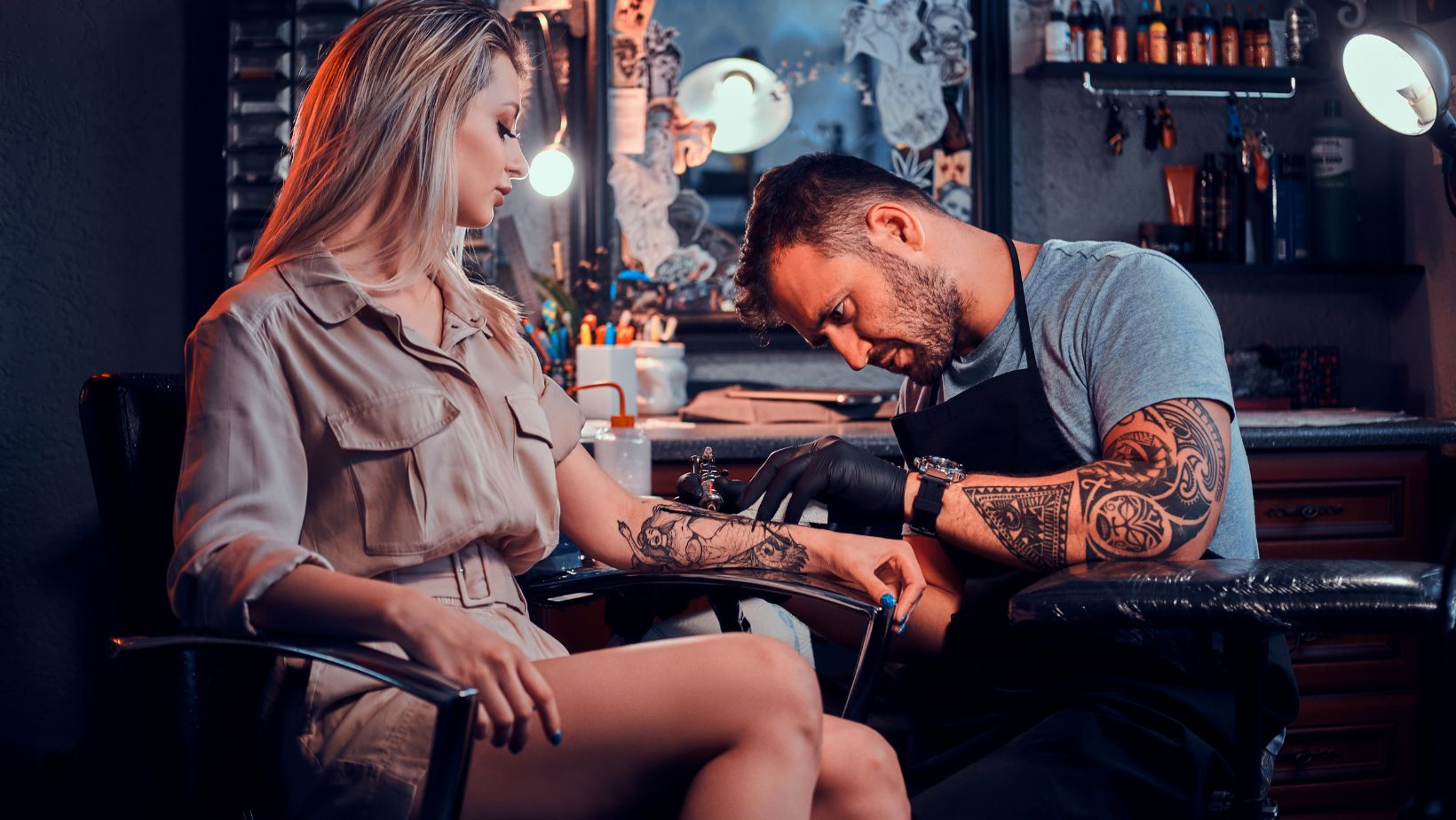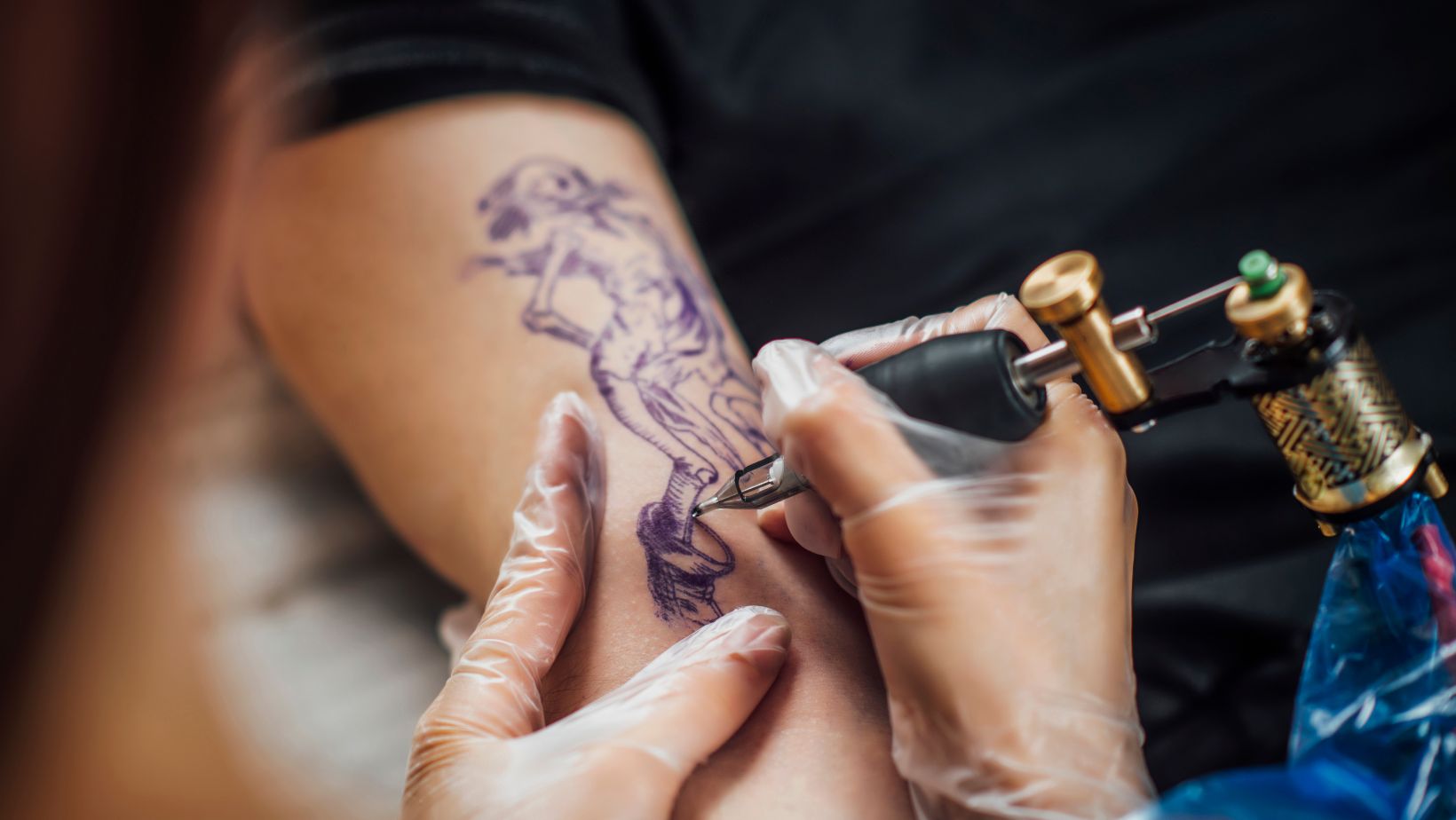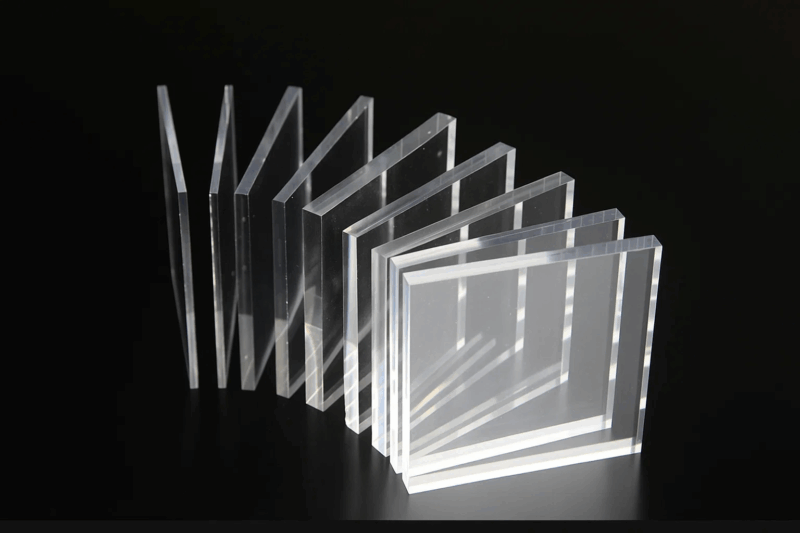
Color theory may be the backbone of artistry, but for tattoo artists, it’s so much more on this peculiar canvas of human skin. Tattoos aren’t just illustrations, they are living arts that change with time as they pass by. Keen usage of color theory keeps a tattoo artist’s work elevated and alive at once with colors for many years. In this tattoo color theory video, Color Theory will be explained in detail, starting with very skin undertones and going into building depth with color. Probably first and foremost of the most significant set of undertones on a person, and those that must be learned in conjunction to understand their skin when undertaking their tattoo project, are: warmth, cool, and neutral, which are three undertones categorically classified. Here is the color theory for tattoo artists written by Alexander Ostrovskiy:
Understanding skin undertones
- Warm skin has a yellow, peachy, or golden undertone. On this skin tone, the colors of red, orange, and warm yellows look resplendent.
- Cool undertones have a hint of blue or pink in them. In such skin, cool colors like blues, purples, and greens set a good balance.
- In neutral undertones, both the characteristics of warm and cool are incorporated. This makes more colors look natural and striking on the individual.
Skin undertones help to really narrow down choices for colors that contrast with, or are complementary to, skin color. For example, bright green makes a very exciting combination with warm undertones and perhaps needs to be reconsidered in cool undertones because it can come off as dull.
How Colors Age with Different Skin Types
The skin types, the sun, and the ink compositions will eventually show their ages on the tattoos. With time, the color fades and drifts, it is vital to learn precisely how colors react in various complexions.
- Bright and pastel colors go well with light skin, though lighter inks are more prone to easy fading when not taken proper care of. Black and Navy inks are so dark and wear well with age.
- Medium skin tone looks great in bright colors like reds, oranges, and greens. Very light or pastel shades tend to be mute.
- Dark skin tone really looks great with high-saturation colors, including deep reds, vibrant blues, and rich purples. Subtle shades or pastel tones do not stay well and sometimes even do not appear at all.

Ink placement and depth also are causes of aging. Tattoos made too superficially may quickly fade away while deeper applications can be causes of ink migration or blowout.
Long-Lasting Complementary Colors
Complementary colors are such that one is able to create striking designs that can never lose their appeal. Complementary colors are those colors which, on the color wheel, fall exactly opposite to each other, like the blue-orange and red-green combinations. In a tattoo, this sort of juxtaposition of these colors would present more contrast and vividness.
Application of Complementary Color Theory in Tattooing:
- Balancing boldness and subtlety: Boldness and subtlety complete each other: striking, yes, though these couples of complementarities can oversaturate a design enough. Dominate with one color and then use the other as an accent to balance it out.
- Layering Techniques: Designs of tattoos can further be enhanced and professionalized by blending or using ombres between complementary colors.
- Undertone adjustment: even though a complementary scheme works great on paper, it usually needs some tweaking in order to suit the client’s skin tone and undertone.
Intense Color Saturation Techniques
Vibrant colors are among the must-have skills that a tattoo artist should have. Saturation depends on the technique applied, the quality of ink, and the type of skin.
- Preparation of the skin: The skin should be well cleaned and stretched so that it is able to provide a flat surface where the ink is to be applied.
- Layering Colors: The gradual layering of the colors imparts a kind of vibrancy without causing trauma to the skin.
- High-quality inks: the rich and stable pigments used assure vibrancy for a long.
- Needle technique: Smooth and consistent depth, along with controlled movements of the hand, even out the distribution of pigment.
- Aftercare Education: Teaching the client how to care for the new tattoo, avoiding sun exposure, or keeping it moist prevents the colors from fading.
Common Color Placement Mistakes
Not even great tattooers can always avoid mistakes in placing colors. Knowing some of the common pitfalls will help in keeping your design tight and delivering:
- Color Overcrowding: Too varied colors within a small area make the tattoo blurry. The palette should be relevant to the nature of the tattoo and restrained.
- Ignoring Skin Tone: Carelessness towards skin tone makes it turn into faded-off or too bright color tone representations which are not worth making the design.
- Improper Contrast: Poor contrast is responsible for fading over time. Adding bold outlines and contrasting shades will provide a perceivable view.

- Incompatibility: The jarring of the colors or inability to provide the gradient is going to disrupt the flow in the visualization of a tattoo. Gradient and color harmony reduce this issue.
Creating Dimension through Strategic Color Usage
Three-dimensional tattoos take life from depth, and strategic use of color turns flat designs into intricate masterpieces.
- Shading and Gradients: The gradual transition from light to dark gives depth. Complementary or analogous colors for shading enhance realism.
- Highlighting: The addition of white or light tones in places creates an effect of light reflection and dimension.
- Contrast: Dark shades against lighter shades tend to give more depth, especially when the design features overlapping elements.
- Backgrounds: Subtle background shading can really push the foreground elements to the front and add layers to a design.
Final Reflections
Color theory knowledge for a tattoo artist is a game-changer. Knowledge of skin undertones, how colors look after healing, and techniques for long-lasting vibrant applications help in ensuring tattoos are beautiful for many years. By avoiding the common pitfalls, utilizing complements, and fusing strategic color choices into their work, a tattoo artist refines his or her trade-a-created work of art that will stand the test of time with each tattoo. Color isn’t just about design, it’s emotion, it’s depth, it’s individuality. Open yourself up to the possibilities, and your artwork will flourish in return.



